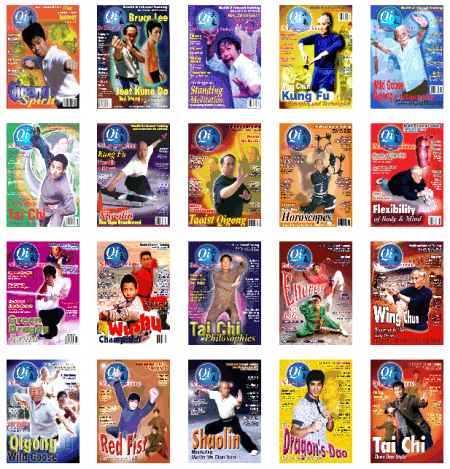
For almost twenty years, Qi Magazine featured original articles on kung fu, qigong, and other facets of Chinese culture, many written specifically by and for martial artists. (Qi Magazine is not to be confused with Qi Journal, which seems more targeted to the Goji berry set.)
Qi Magazine ceased production in early 2009, and publisher Michael Tse has since opened the archives.
 Introduction
Introduction